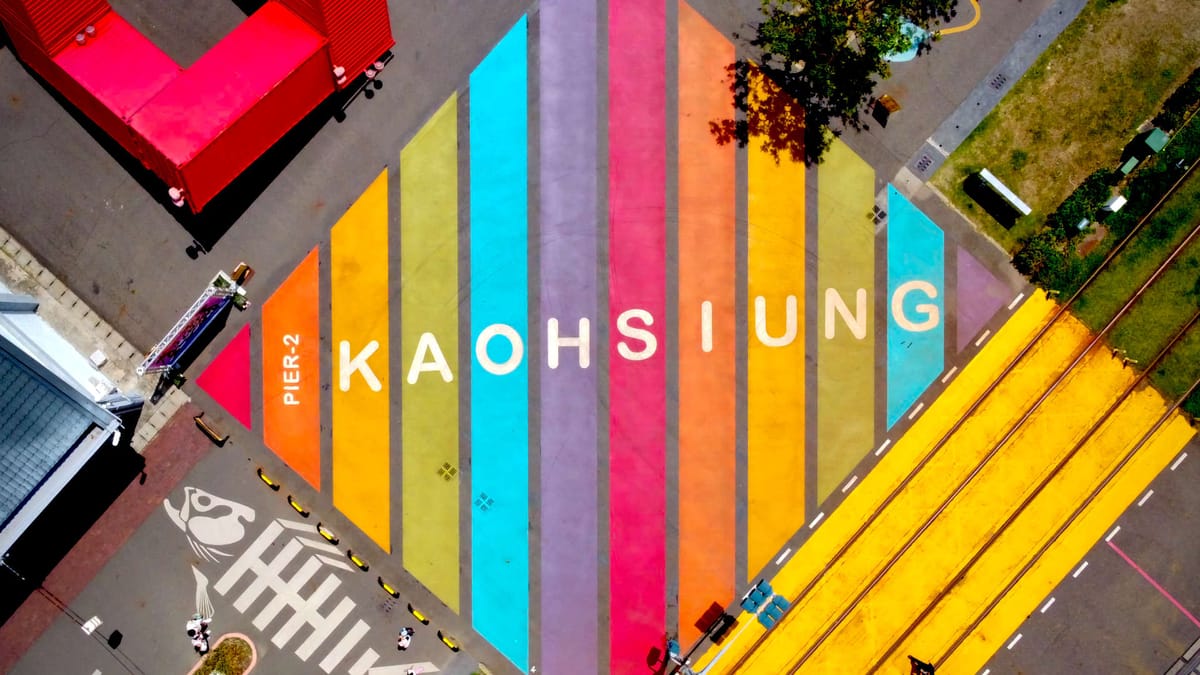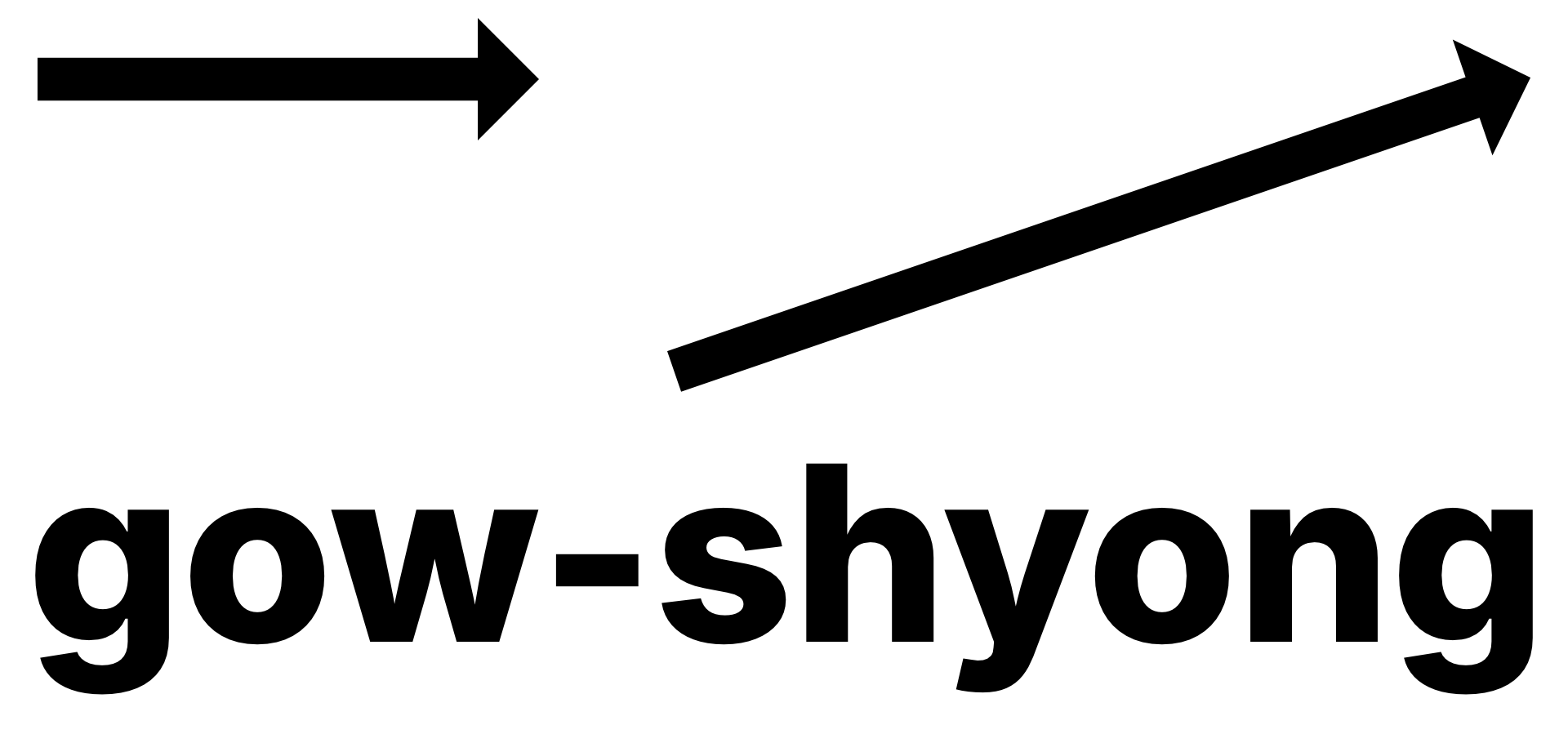How to pronounce Kaohsiung
Kaohsiung is the third-largest city in Taiwan, and possibly the hardest to pronounce…

I moved to Kaohsiung City in January 2023 after falling in love with its arty, relaxed vibe. Now, one-and-a-half years later, I’ve nearly mastered its pronunciation.
There are two complicating factors when it comes to pronouncing Kaohsiung:
- Chinese is a tonal language
- Taiwan has different ways of romanizing Chinese words
Let’s ignore the tones for a moment—ignoring tones is something I’m unintentionally good at—and focus on the spelling.
Although Taiwan has officially used the Hanyu Pinyin romanization system since 2009, the names of people and places often use historical forms.
The place name Kaohsiung uses the Wade–Giles system, which was formalized in the late-1800s. In Hanyu Pinyin it’s written as Gāoxióng, and in the Yale system it’s Gāusyúng:
| Spelling | First syllable | Second syllable |
|---|---|---|
| Chinese | 高 | 雄 |
| Hanyu Pinyin | Gāo | Xióng |
| Wade–Giles | Kao | Hsiung |
| Yale | Gāu | Syúng |
My Chinese school uses Hanyu Pinyin (Gāoxióng), which I feel most accurately represents the way the name is spoken.
First syllable: Gāo (高)
Say it like gow, as in gown. Then, when you’re ready to add the tone (which is important, because different tones change the meaning), think of it as a high and steady note.
Like the way John Lennon sings the first syllable of ‘people’, in Imagine:
Imagine all the people
Living for today
or
Imagine all the Gāo-ple
Living for today
That’s it! You got the first tone!
Second syllable: Xióng (雄)
Say it like shyong, rhyming with schlong. Then, when you’re ready to add the tone, think of it as starting low and rising to meet the occasion.
I can’t think of a widely-known song that does this, so here’s a diagram:

And that’s it! You can now pronounce Kaohsiung like a pro. Or at least, in a way that won’t baffle locals.
What does Kaohsiung mean?
Gāo (雄) literally translates to ‘tall’. Xióng (雄) literally translates to ‘heroic’ or ‘powerful’. But don’t assume Kaohsiung means something like ‘tall hero’.
That’s because Kaohsiung originates from the indigenous Makatao name Takau, meaning ‘bamboo forest’. (This informed the Taiwanese-language name for Kaohsiung, Tá-káu.)
When Japan colonized Taiwan in 1895, it was transliterated to the Japanese-sounding Takao, using the Japanese characters 高雄.
In 1945, Japan ceded Taiwan to the Republic of China (ROC), and Mandarin Chinese became the official language. In Chinese, the same characters (高雄) are pronounced Gāoxióng, hence the current name.
(Many Japanese characters originate from traditional Chinese characters, and their meanings are often similar—but the pronunciations are typically very different.)
